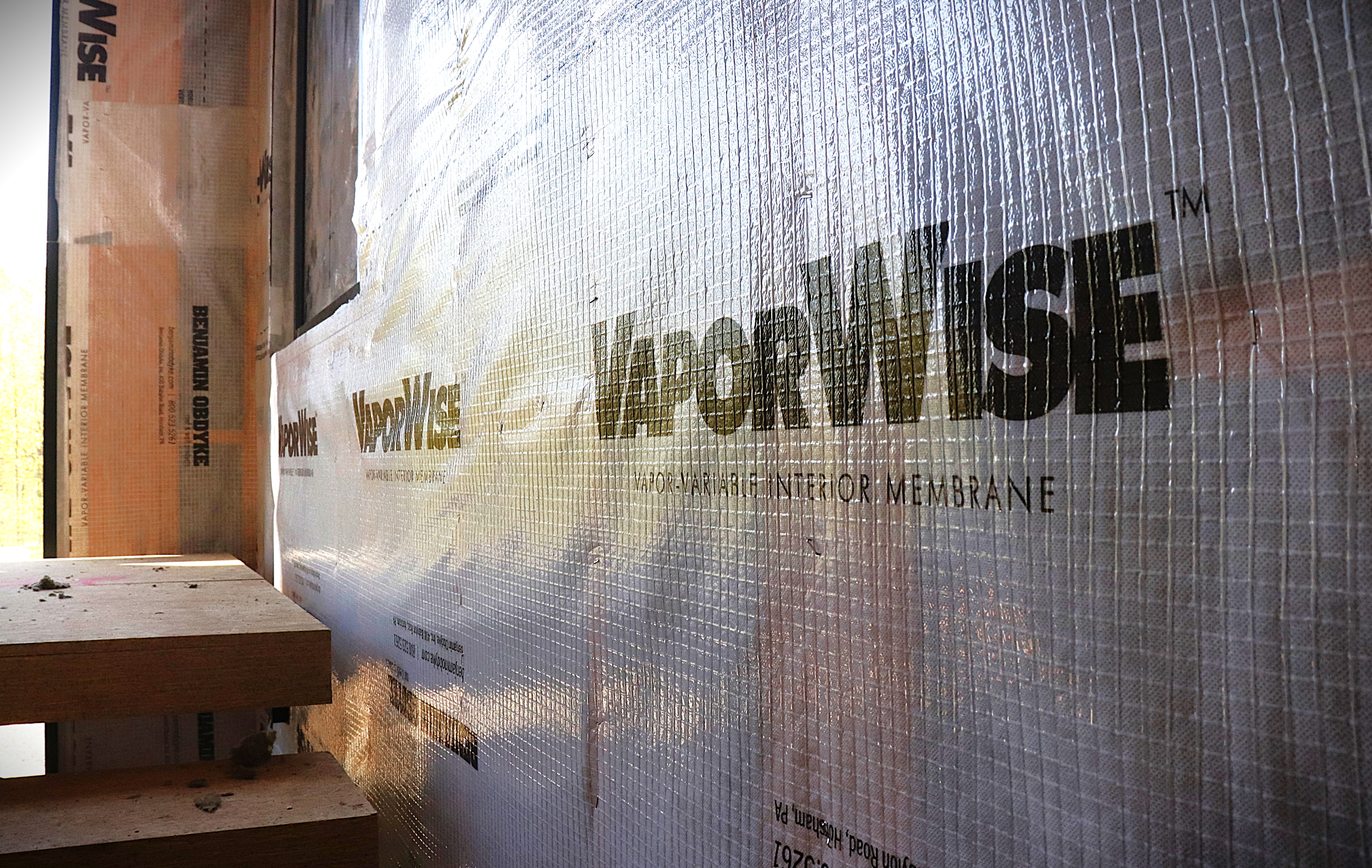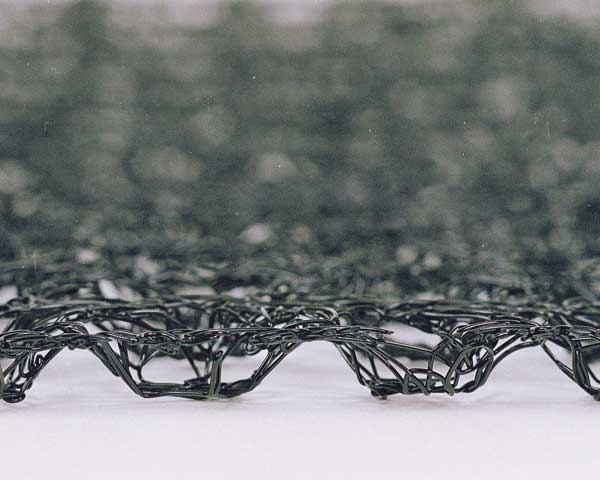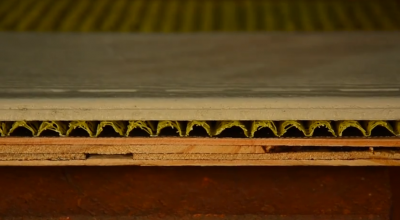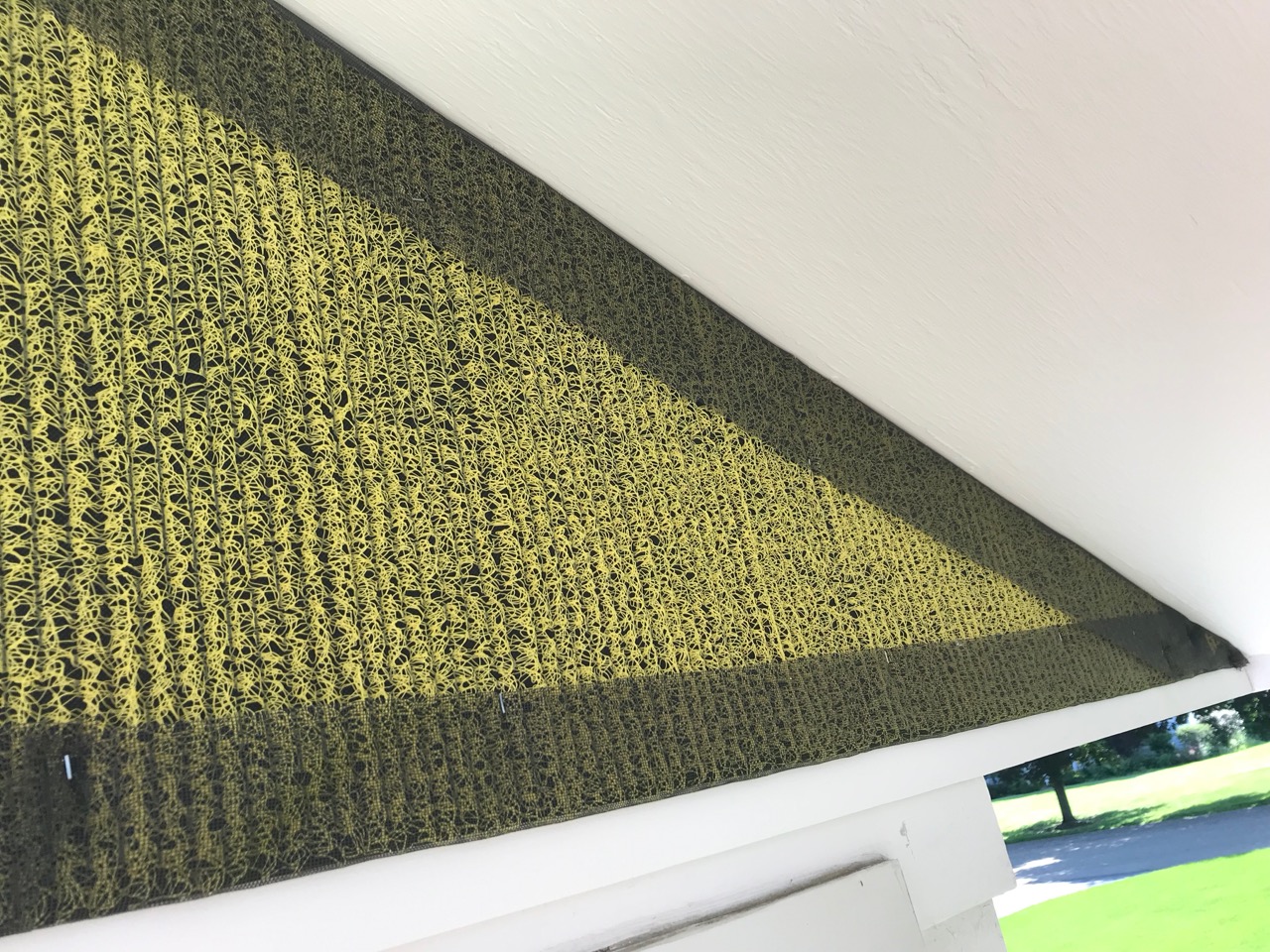In the building envelope, managing moisture movement is one of the most important considerations when designing the system and selecting products. How the walls move water can make a difference in its longevity, performance, and efficiency, as well as the health of the occupants within. One fundamental component of this process is understanding the differences between vapor barriers and vapor retarders.
Unfortunately, there’s no one-size-fits-all solution to building envelopes—we must understand each component and how they all work together as a system. And a critical part of that is knowing when you need vapor to move and when you need it to be stopped.
In our previous blog posts, we discussed how vapor moves and what perm ratings mean. The final component is understanding what differentiates products as a vapor barrier or a vapor retarder.
What Are Vapor Barriers vs. Vapor Retarders?
One of the common questions we hear is, “What is the difference between a vapor barrier and a vapor retarder?” Along with similar-sounding names, both are used to manage vapor. But specifying the wrong one can lead to moisture issues in the wall assembly.
In short, a vapor barrier blocks vapor diffusion movement while a vapor retarder significantly slows the diffusion movement through an assembly. Vapor retarders come in a range of permeance levels to regulate moisture moving through the assembly.
When to Use a Vapor Barrier or a Vapor Retarder
To know when to use a vapor barrier or a vapor retarder, we must understand what we’re controlling.
Vapor Barriers
An area with an extreme moisture load will require a vapor barrier. The most common place for a vapor barrier is the basement around the foundation walls in the ground. When the ground is wet, a large amount of moisture wants to move to the dry house. To stop moisture from coming in at the foundation, we must use a vapor barrier. Under the concrete slab is another common area.
It’s rare to need a vapor barrier in an above-ground wall system; a room with an indoor pool, which generates a tremendous amount of moisture that wants to move from inside to outside, is one occasion.
Vapor barriers aren’t limited to sheet products—closed-cell foam insulation, for example, is a vapor barrier because it blocks moisture transfer.
It’s also important to note that vapor barrier installation has to be perfect. Any cracks or gaps can allow moisture to get through; the interior materials can now get wet and may not be able to dry out.
VaporWise™ Samples
GET YOUR FREE VAPORWISE™ SAMPLES TODAY
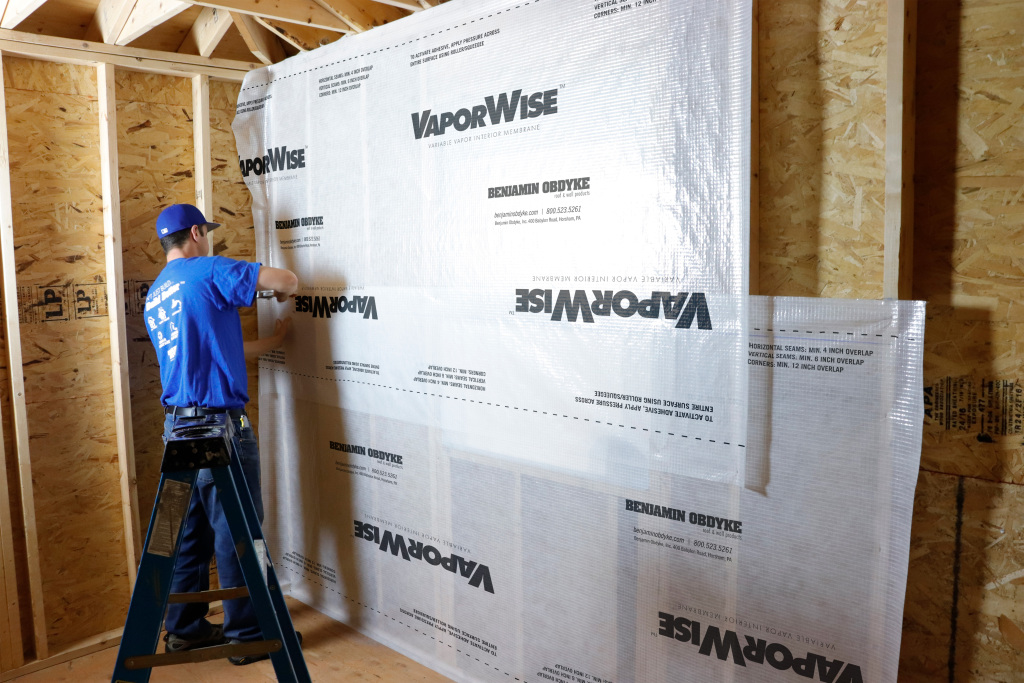
Vapor Retarders
A vapor barrier will stop all drying potential—but in a wall assembly, we want the moisture to be able to move and not become trapped so that it can dry out. Therefore, in areas with typical quantities of moisture, such as the home’s walls, it’s safer to use a vapor retarder, which allows vapor to move and the wall assembly to dry out.
How Benjamin Obdyke Products Tackle Permeability
All Benjamin Obdyke housewraps have perm ratings in the ideal range for a wall envelope of 10 to 20 perms. This allows them to block liquid moisture while still allowing cavities to dry out vapor moisture.
Our newest product, VaporWise, is a vapor-variable interior membrane that adapts to seasonal changes. As shown in the illustrations below, VaporWise is a “smart” membrane that acts as a Class 2 vapor retarder during the winter, helping to prevent interior moisture from entering the wall cavity; in the summer, the membrane’s permeability increases, allowing moisture to escape and ensuring a dry, healthy wall assembly year-round.
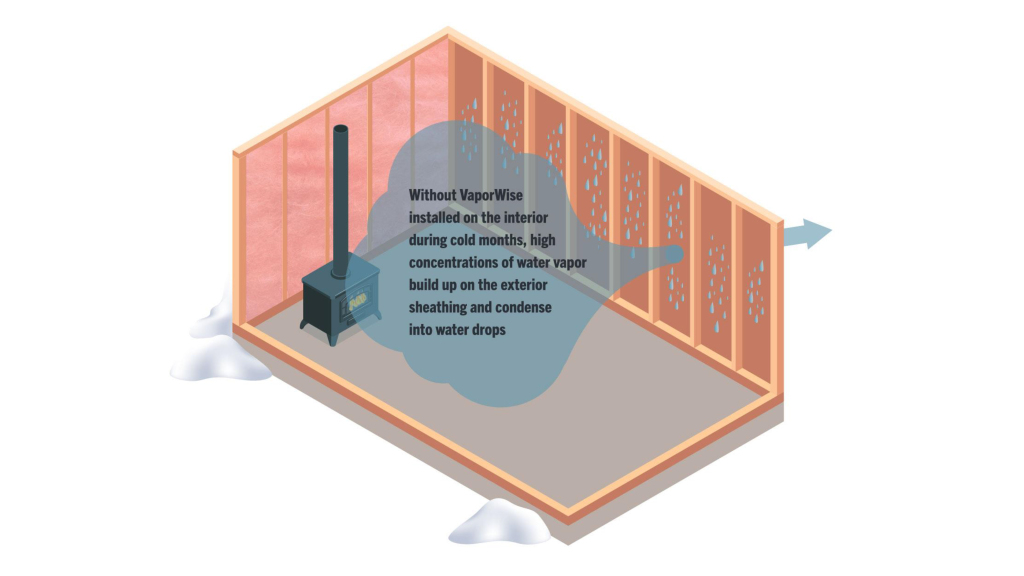
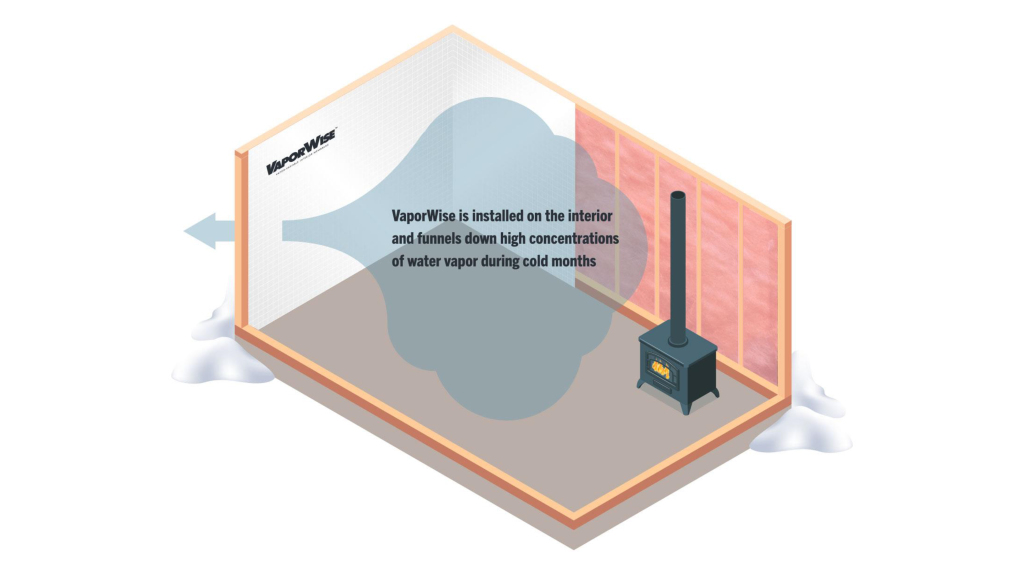
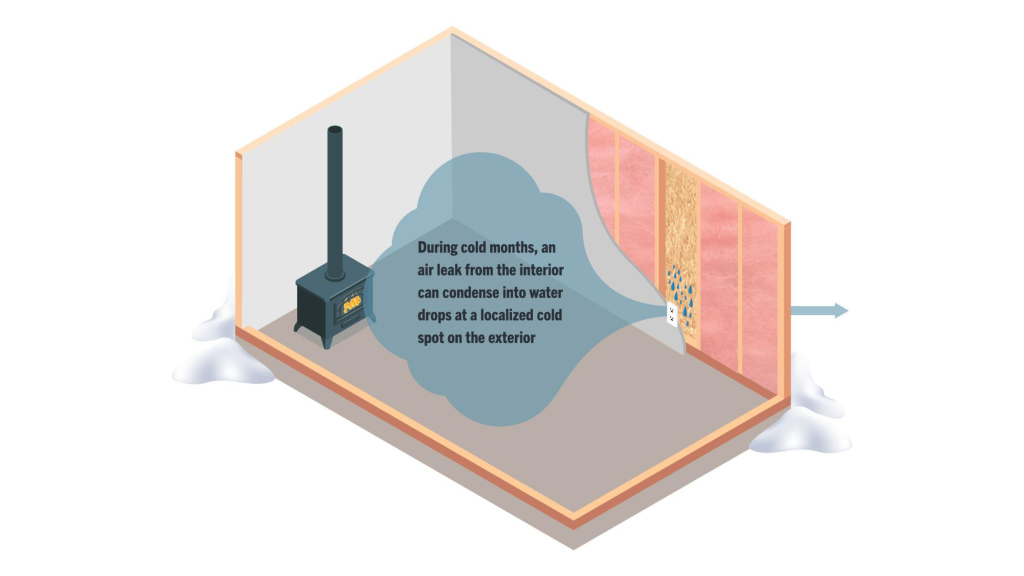
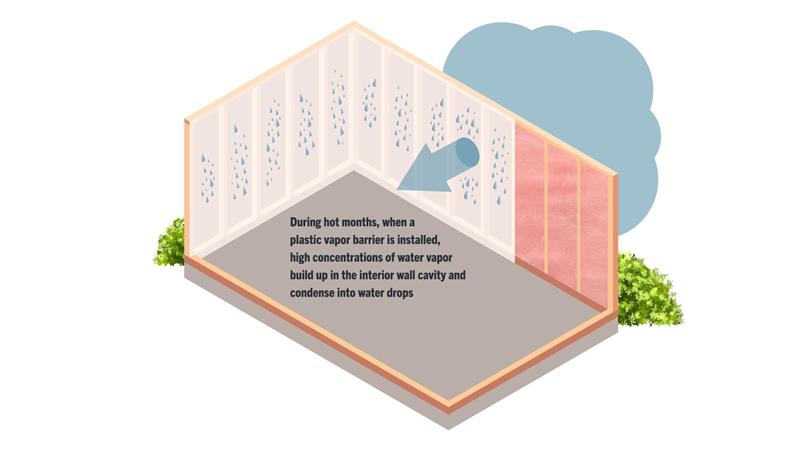
See the benefits of VaporWise and all of our housewraps for yourself: Request a sample today.

